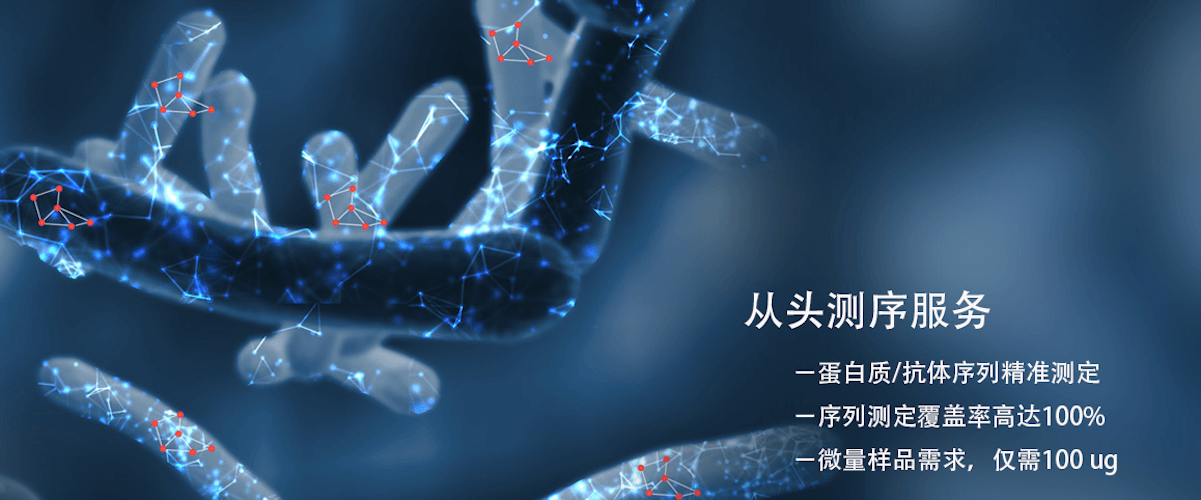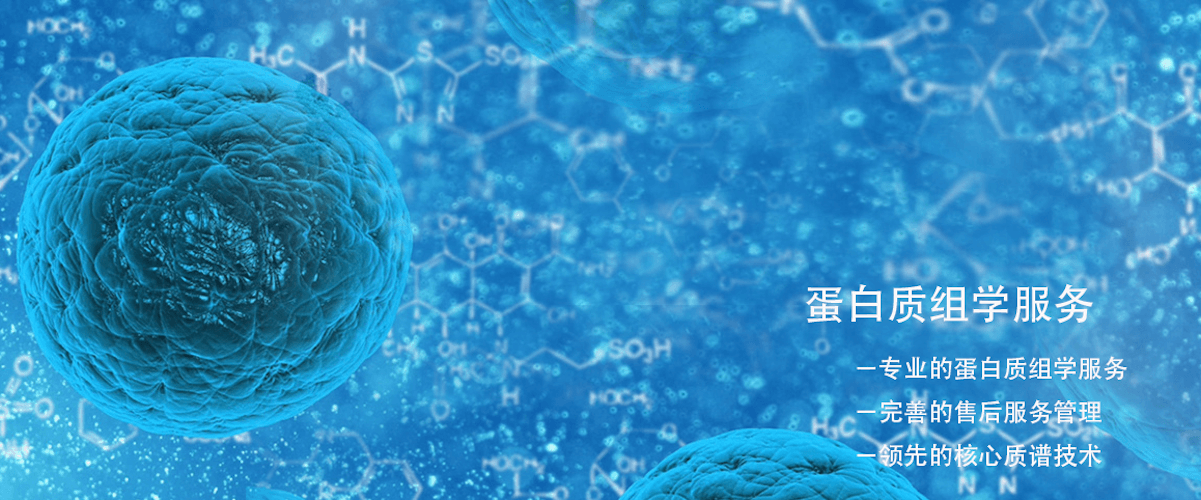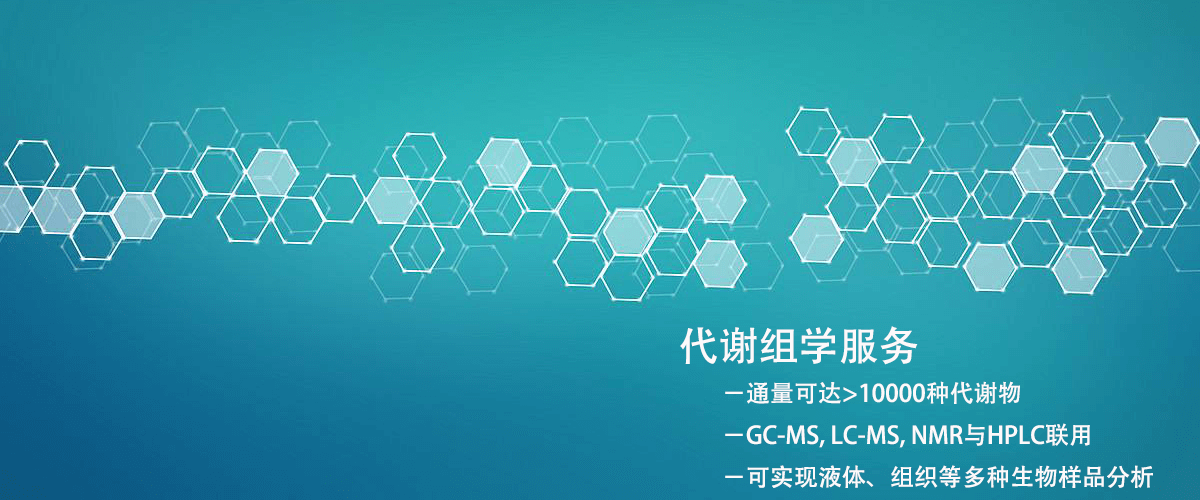Protein Hydrolysis
The size of proteins found in nature ranges from 5 kDa to 400 kDa. The process of protein hydrolysis cuts proteins into shorter fragments, i.e., peptides, and is a crucial step before peptide mass spectrometry identification analysis. It is the basis for the successful identification and characterization of proteins and the discovery of biomarkers. Although mass spectrometry can study intact proteins, smaller peptides are easier for protein identification and can improve protein coverage, which might be reduced due to solubility and heterogeneity. Therefore, the most common proteomics methods often use site-specific cleavage sites to produce smaller peptide fragments. Smaller peptides are more easily separated and characterized by high-performance liquid chromatography (HPLC) and HPLC-coupled mass spectrometry.
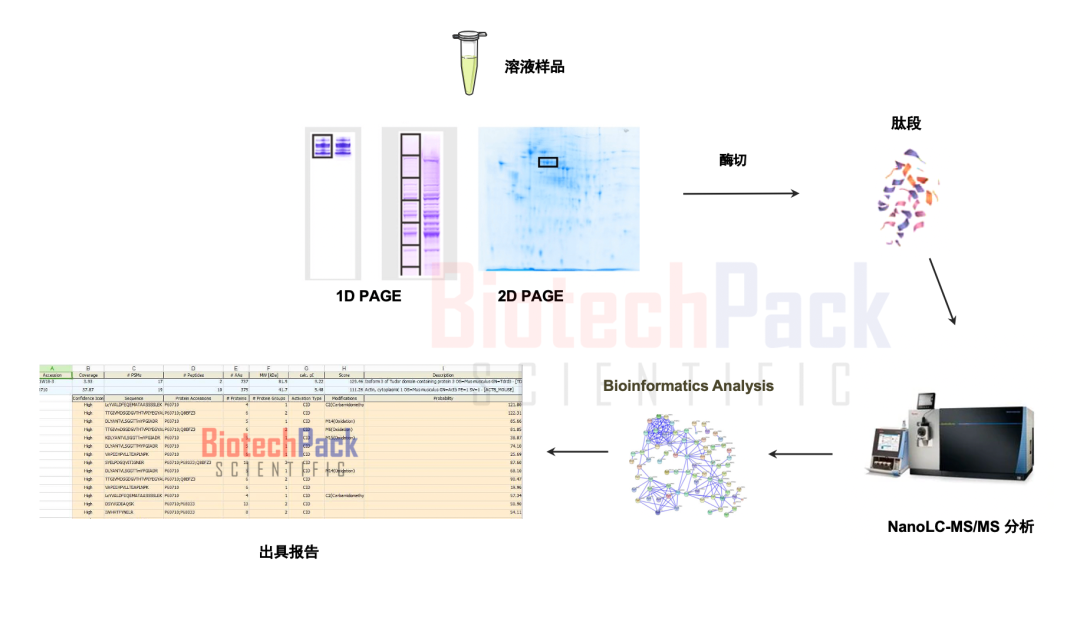
Baitai Paike's Mass Spectrometry-Based Protein Identification Example
BTP-Protein Hydrolysis Service
Baitai Paike Biotechnology offers two methods for protein hydrolysis: (1) In-gel hydrolysis (protein hydrolysis within a polyacrylamide gel matrix); (2) In-solution hydrolysis (proteins are precipitated in chloroform/methanol and then redissolved in urea). Proteins separated by one-dimensional or two-dimensional gel electrophoresis can be hydrolyzed directly in the gel. In-gel hydrolysis is efficient and reproducible but labor-intensive and time-consuming. Compared to in-gel hydrolysis, the in-solution hydrolysis method requires less effort and time, but proteins in solution may have lower resolubility, possibly leading to sample loss.
Protein Hydrolysis Process
Baitai Paike Biotechnology offers both in-gel and in-solution protein hydrolysis services. The workflow for protein hydrolysis includes:
1. Prepare lysis solution;
2. Perform enzymatic cleavage in solution or in-gel;
3. Denature proteins using denaturants such as urea and guanidine;
4. Reduce disulfide bonds using DTT;
5. Alkylate cysteine residues using iodoacetic acid or iodoacetamide;
6. Remove reagents and exchange buffer;
7. Denature overnight for about 18 hours with trypsin or other proteases in ammonium bicarbonate buffer at appropriate pH and temperature;
8. Add acids to terminate enzymatic cleavage;
9. Protein enrichment/cleaning.
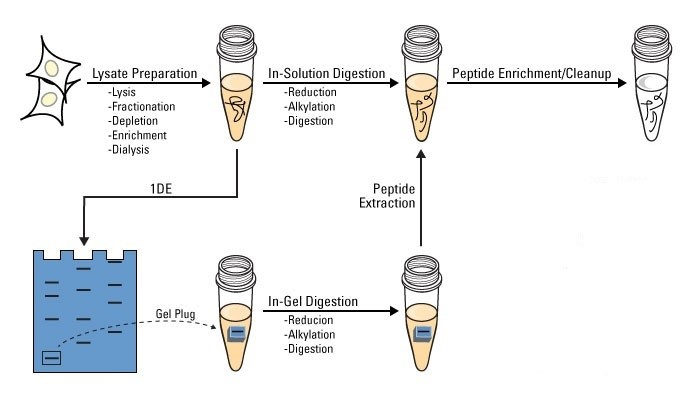
Protein Hydrolysis Workflow
Sample Requirements
Baitai Paike Biotechnology can handle various types of samples, including but not limited to:
Proteins from natural sources;
Recombinant fusion proteins and tagged proteins;
Different subtypes of antibodies;
Membrane proteins and others.
Advantages of Protein Enzymatic Cleavage
• Flexibility: We offer both in-gel and in-solution protein hydrolysis strategies;
• High accuracy and coverage: Our hydrolysis services significantly enhance the accuracy and coverage of mass spectrometry analysis.
• Wide application: Facilitates the identification and characterization of proteins, discovery of disease biomarkers, and aids in understanding biological processes.
• Comprehensive proteomics services: We provide complete proteomics services covering the entire process of proteomics analysis, offering one-stop solutions for your omics challenges.
Baitai Paike Biotechnology also offers high-throughput automated protein hydrolysis services. Feel free to inquire.
How to order?


